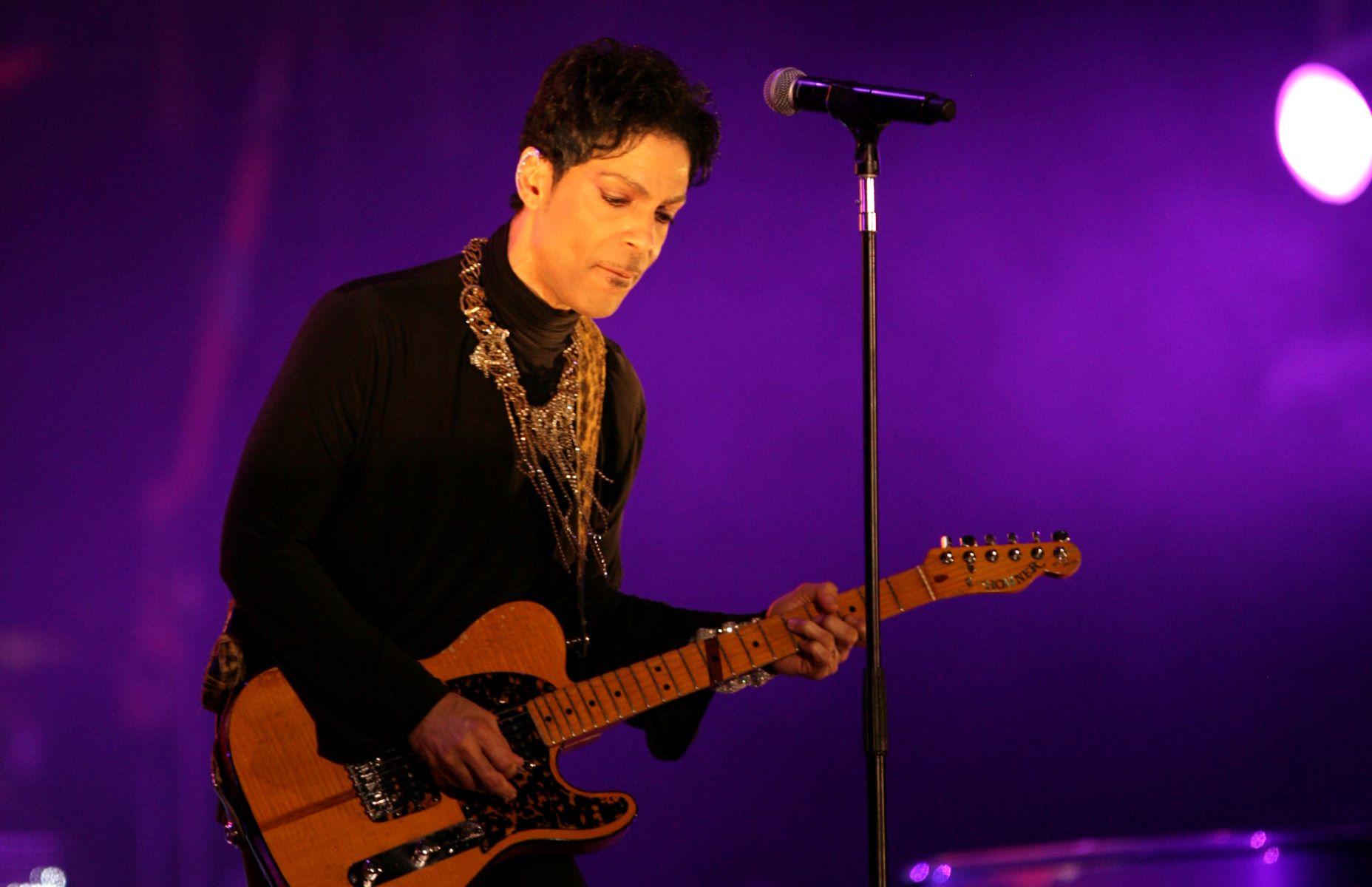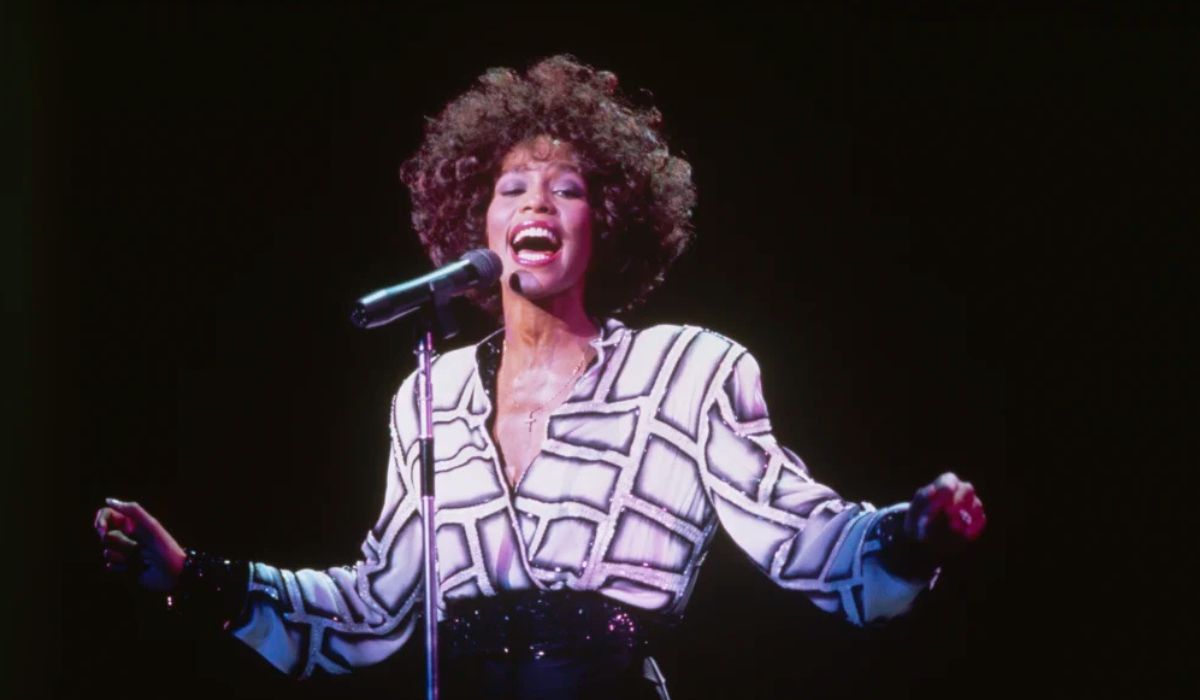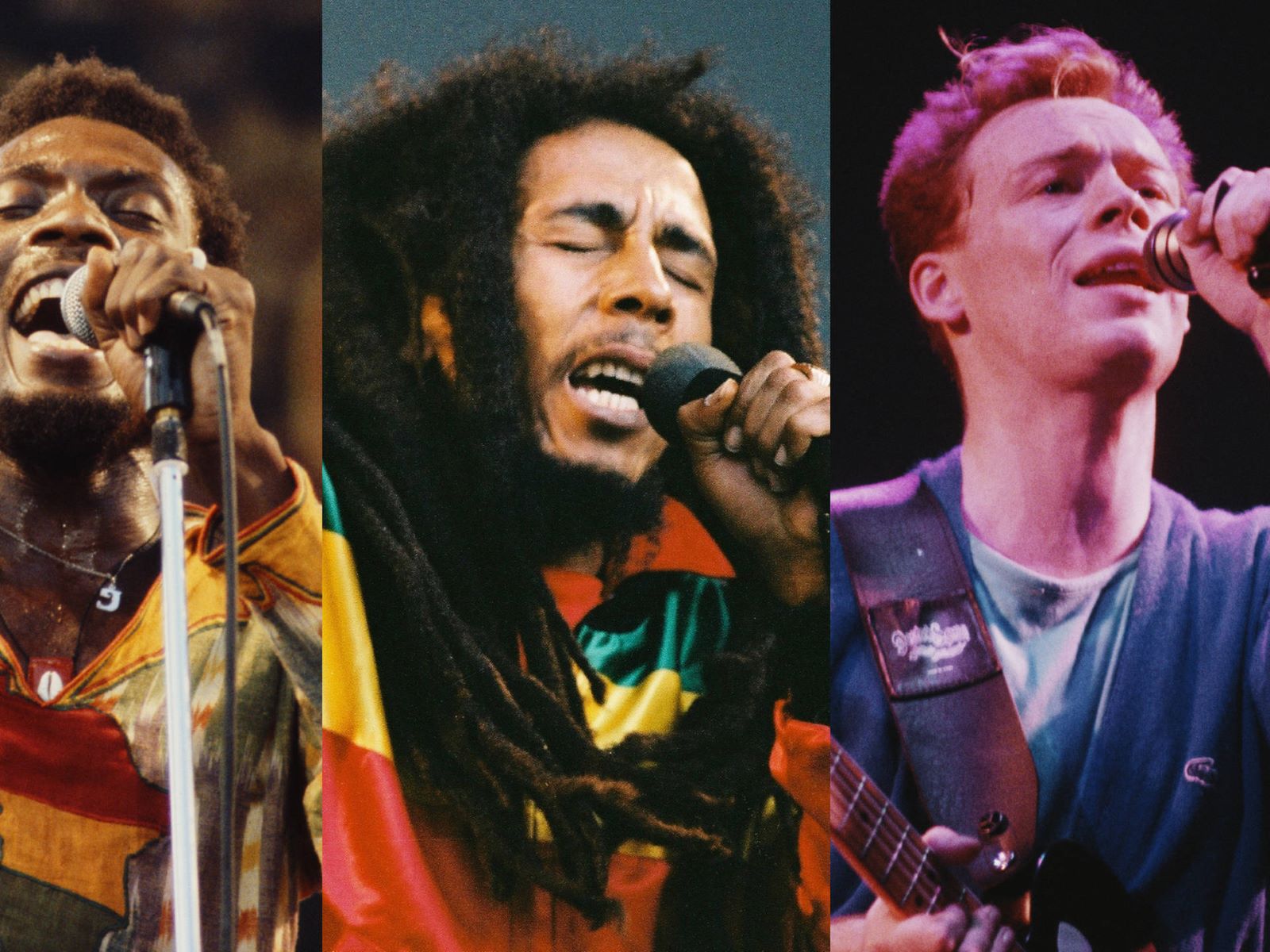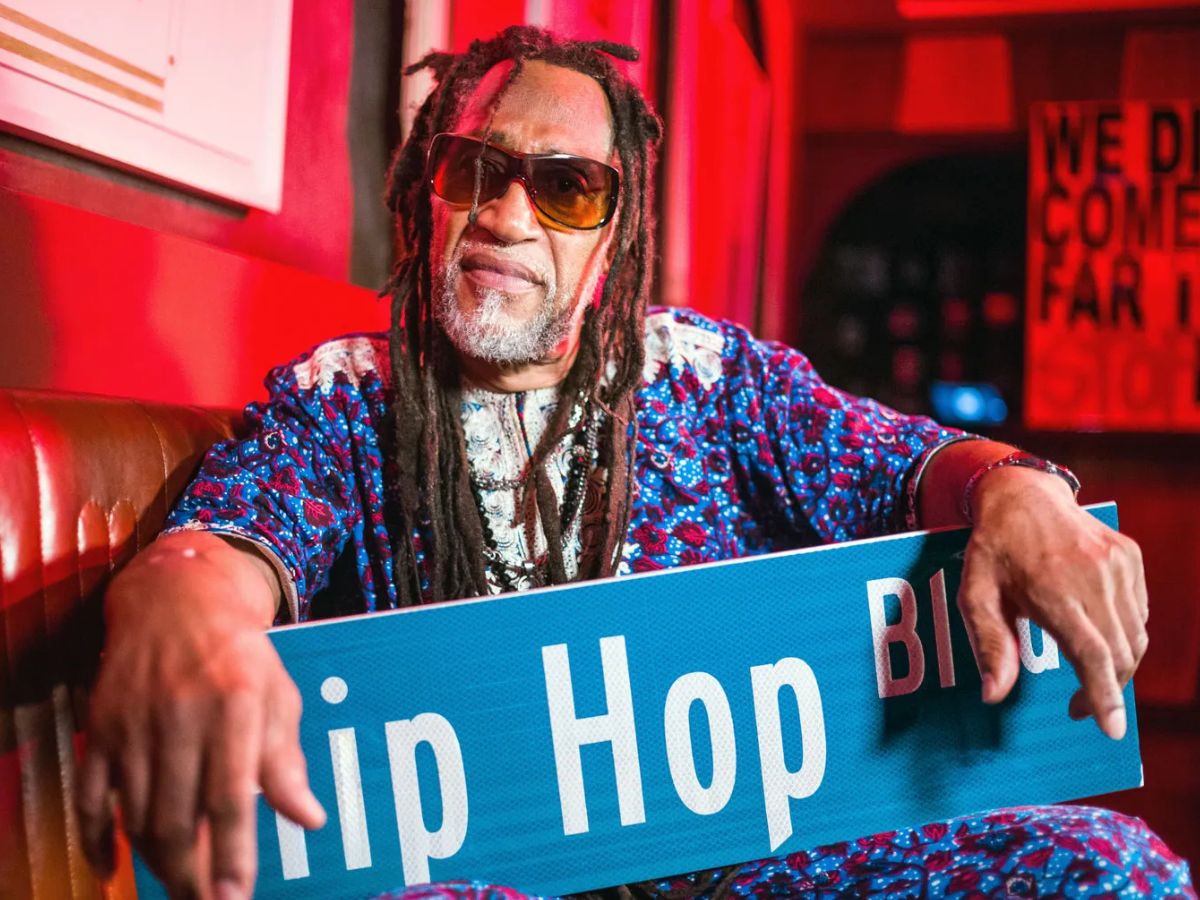Home>Production & Technology>Musician>Who Was The First Female Musician
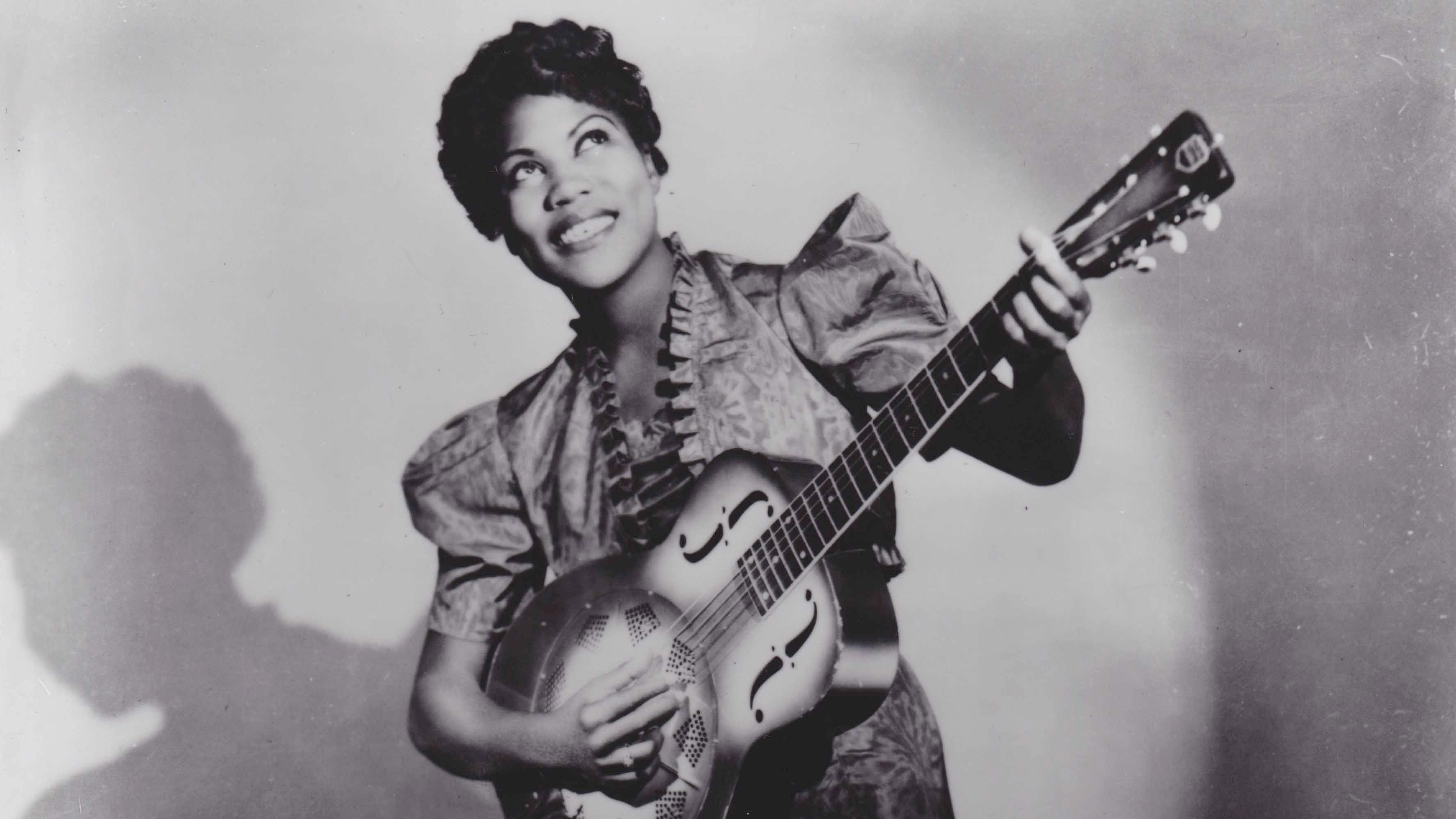

Musician
Who Was The First Female Musician
Published: January 28, 2024
Discover the trailblazing history of the first female musician. Learn about the pioneering achievements of women in the music industry and their lasting impact.
(Many of the links in this article redirect to a specific reviewed product. Your purchase of these products through affiliate links helps to generate commission for AudioLover.com, at no extra cost. Learn more)
Table of Contents
Introduction
The world of music has been shaped and enriched by countless talented individuals throughout history. While musical geniuses like Mozart, Beethoven, and Bach are widely recognized and celebrated, the contributions of female musicians have often been overlooked or underestimated. However, the truth is that women have played a vital role in the development and evolution of music across various genres and time periods.
From ancient civilizations to the modern era, female musicians have broken barriers, defied societal norms, and shattered glass ceilings to leave an indelible mark on the music industry. They have showcased their immense talent as composers, instrumentalists, singers, and performers, leaving audiences mesmerized and inspired.
This article explores the journey of female musicians through history, highlighting their achievements and the challenges they encountered along the way. It showcases their unwavering dedication, passion, and love for music, which allowed them to overcome the barriers of gender discrimination and carve their own unique paths in the music world.
Join us as we embark on a fascinating journey through time, delving into the lives and contributions of remarkable women who paved the way for future generations of female musicians.
Early History
The history of female musicians dates back to ancient civilizations, where music played a critical role in religious ceremonies, courtly gatherings, and everyday life. In ancient Egypt, for example, women were highly involved in both religious and secular music. They played instruments such as harps, flutes, and drums, and were often depicted in tomb paintings and hieroglyphs.
Ancient Greece also boasted a rich musical culture, with female musicians known as “auletrides” and “canephores” participating in religious rituals and public performances. These talented women mastered instruments like the lyre, a stringed instrument associated with the Greek god Apollo.
The role of female musicians continued to evolve in the Middle Ages, as troubadours and minstrels emerged in Europe. Despite the gender norms of the time, some women embraced the opportunity to express themselves through music. The renowned Italian troubadour, Trobairitz, composed and performed their own songs, challenging the social expectations of the era.
With the onset of the Renaissance, the status of female musicians began to decline. Women were increasingly restricted to domestic roles, limiting their opportunities to pursue music professionally. However, they still found avenues to showcase their musical talents within the confines of the church, where female choirs played a crucial role in religious ceremonies.
It wasn’t until the Baroque era that female musicians started to regain prominence. Esteemed composers such as Barbara Strozzi and Francesca Caccini emerged, paving the way for future generations of female composers. These trailblazers defied societal norms and contributed to the rich tapestry of Baroque music.
While the contributions of women in music were undoubtedly significant during these early periods, their recognition and representation were often overshadowed by societal biases and restrictions. Nonetheless, their resilience and dedication to their craft laid the groundwork for the triumphs that would come in the centuries to follow.
Ancient Musicians
The ancient world was home to remarkable female musicians who left a lasting impact on the development of music. In ancient Mesopotamia, for example, the goddess Enheduanna, daughter of Sargon of Akkad, is recognized as one of the earliest known composers. Enheduanna was a high priestess and poet who wrote hymns dedicated to goddesses, and her compositions showcased her poetic prowess and musical talent.
In ancient Egypt, music played an integral role in both religious and secular contexts, and women were active participants. Egyptian women not only performed music but also composed songs and played instruments such as the harp, flute, and hand drums. The famous tomb of Nebamun depicts women playing music, highlighting the importance of female musicians in Egyptian society.
Ancient Greece also celebrated the power and influence of female musicians. The renowned Greek poet Sappho, hailing from the island of Lesbos, was not only known for her lyrical poetry but also for her musical compositions. Sappho played the lyre, a stringed instrument, and her songs expressed her emotions and celebrated love and beauty.
Further east, in ancient India, female musicians called “ganikas” held esteemed positions in society. These highly skilled performers were well-versed in singing, playing instruments, and dancing. They entertained royal courts and were patrons of the arts, demonstrating the high regard in which they were held.
Across these ancient civilizations, female musicians showcased their talents and contributed to the cultural fabric of their societies. Through their creativity and artistry, they helped shape the musical traditions of their time and paved the way for the future generations of female musicians to follow.
Medieval Troubadours
The medieval period witnessed the rise of troubadours, wandering poets and musicians who captured the hearts and minds of audiences throughout Europe. While the troubadour movement was largely dominated by men, there were notable female troubadours who stood out for their talent and lyrical prowess.
One such prominent figure was Beatriz de Dia, a trobairitz from 12th century Occitania, in what is now modern-day France. Beatriz composed and performed her own songs, which expressed themes of love, courtly romance, and personal experiences. Her compositions were known for their emotional depth and poetic beauty, earning her a place among the revered troubadours of her time.
Another influential trobairitz was Comtessa de Dia, also from Occitania. Comtessa’s songs explored themes of unrequited love and the melancholy of longing, painted with vivid imagery and heartfelt emotions. Her work, including the famous song “A Chantar,” is a testament to the talent and artistic expression of female troubadours during the medieval period.
While female troubadours faced societal constraints and often had to navigate within the male-dominated circles of the troubadour movement, their talents shone through and left an indelible mark on medieval music. They challenged the norms of their time and proved that women were capable of composing and performing music with skill and creativity.
Additionally, the troubadour tradition inspired countless other women to take up the pursuit of music. Noblewomen of the time played musical instruments, composed their own songs, and organized musical gatherings within their courts. Their patronage of the arts paved the way for female musicians to have a more significant presence in the cultural and musical landscape of medieval Europe.
The troubadours and trobairitz of the medieval era laid the foundation for future generations of female musicians. Their contributions to the development of music, both in terms of composition and performance, ensured that women would continue to play an essential role in shaping the musical landscape in the centuries to come.
Renaissance Composers
The Renaissance period marked a profound transformation in music, with a renewed focus on complex harmonies, polyphony, and the flourishing of vocal music. During this time, female composers emerged and made significant contributions to the development of Renaissance music.
One remarkable figure of this era was Hildegard of Bingen, a German abbess, mystic, and composer. Hildegard’s compositions, known as plainchant, showcased her spiritual beliefs and mystical visions. Her works, such as the “Ordo Virtutum,” exemplified her pioneering use of monophonic chant and helped lay the foundations for Western classical music.
Another celebrated composer of the Renaissance was Maddalena Casulana, an Italian musician renowned for her madrigals. Casulana was one of the first women to have her music printed and published. Her compositions demonstrated technical skill and emotional depth, earning her recognition as a leading composer of her time.
In addition to these individual composers, several noblewomen of the Renaissance period were also known for their musical talents. Isabella d’Este, Marchioness of Mantua, was a highly influential patron of the arts and a skilled musician herself. Isabella cultivated a vibrant musical court and commissioned works from renowned composers of the time.
Other noblewomen, such as Margaret of Austria and Caterina de’ Medici, also played important roles in promoting and supporting music. They established their own musical ensembles and sought out talented composers and musicians to entertain their courts.
The contributions of female composers and noblewomen during the Renaissance era helped shape the musical landscape of the time. Their compositions and patronage furthered the development of polyphonic music, contributed to the richness of the madrigal genre, and facilitated the exchange of musical ideas across Europe.
While gender disparities persisted, and opportunities for women in music were still limited, the Renaissance witnessed important strides towards greater recognition and involvement of female composers, setting the stage for the emergence of even more remarkable talents in the centuries to come.
Baroque Era Virtuosos
The Baroque era was characterized by virtuosic instrumental music and elaborate vocal compositions. This period saw the emergence of several exceptional female musicians who became renowned for their mastery of their chosen instruments and vocal abilities.
One notable figure of this era was Barbara Strozzi, an Italian singer and composer. Strozzi’s compositions showcased her remarkable vocal range and expressive capabilities. She composed over 100 works, including cantatas and madrigals, which were widely recognized for their emotional depth and technical complexity.
Francesca Caccini, another prominent musician of the Baroque era, was an Italian composer, singer, and virtuoso instrumentalist. She served as a court musician in Florence and was highly regarded for her vocal prowess. Caccini’s compositions highlighted her innovative approach to opera and her ability to convey emotion through music.
In addition to composers, there were accomplished female instrumentalists who made their mark during the Baroque period. Élisabeth Jacquet de La Guerre, a French harpsichordist and composer, was highly esteemed for her virtuosity on the instrument. Her compositions showcased her technical skill and harmonic sophistication.
As the Baroque era progressed, women also began to excel in orchestral performance. Anna Maria dal Violin, an Italian violinist, gained recognition as one of the foremost female violin virtuosos of her time. She performed extensively throughout Europe, dazzling audiences with her impeccable technique and musicality.
The accomplishments of these female musicians during the Baroque era challenged societal expectations and demonstrated that women were fully capable of excelling in the realm of classical music. They paved the way for future generations of female artists and created a lasting impact on the development of Baroque music.
Despite facing barriers and prejudices, these trailblazing women showcased their exceptional talents as composers, singers, and instrumentalists. Their contributions enriched the Baroque music repertoire and solidified their place in music history as virtuosos in their own right.
Classical Era Performers
The Classical era of music, spanning roughly from the late 18th century to the early 19th century, saw the rise of remarkable female performers who captivated audiences with their extraordinary talent and virtuosity.
One notable example is Maria Theresia von Paradis, an Austrian pianist and composer. Despite being blind from a young age, Paradis developed exceptional musical skills and became renowned for her virtuosic piano performances. She performed in prestigious concert halls across Europe, garnering acclaim for her technical brilliance and deep musical expression.
Another influential figure of the Classical era was Josephine Caroline Lang, a German composer and pianist. Lang’s compositions, which encompassed symphonies, chamber music, and lieder, showcased her skill both as a composer and a performer. She was highly regarded for her lyrical melodies and expressive piano playing.
In addition to pianists, there were exceptional female vocalists during the Classical era. Nancy Storace, an English soprano, distinguished herself as one of the most celebrated opera singers of her time. Storace portrayed leading roles in numerous operas by notable composers, including Mozart, and her vocal agility and expressive performances captivated audiences.
Angelica Catalani, an Italian soprano, was another prominent opera singer of the Classical era. Known for her remarkable range and vocal power, Catalani performed extensively throughout Europe, earning admiration for her exquisite control and emotional delivery.
These exceptional female performers of the Classical era not only dazzled audiences with their technical prowess but also played a crucial role in shaping the musical landscape of the time. Their performances inspired composers to create works specifically tailored to their exceptional abilities, further elevating the status of women in the world of classical music.
Despite facing societal constraints and gender biases, these gifted musicians left an indelible mark on the world of classical music. Their dedication, talent, and artistry continue to be celebrated, serving as an inspiration for aspiring female performers in the generations that followed.
Romantic Era Pioneers
The Romantic era, spanning the 19th century, was a period marked by a heightened focus on emotional expression and individualism in music. During this time, several pioneering female musicians emerged, making significant contributions to the development of Romantic-era music.
One notable figure is Clara Schumann, a virtuoso pianist and composer. Clara, the wife of renowned composer Robert Schumann, possessed exceptional musical talent from a young age. She not only performed as a concert pianist but also composed a remarkable body of work, including piano concertos, chamber music, and lieder. Clara’s technical prowess and nuanced interpretations of Romantic compositions established her as one of the most prominent musicians of the era.
Another influential pioneer of the Romantic era was Fanny Mendelssohn, sister of composer Felix Mendelssohn. Fanny was an accomplished pianist and composer, but societal expectations at the time limited her opportunities for public performances and recognition. However, her compositions reveal a deep understanding of musical expression and innovation, showcasing her immense talent and creativity.
Several other notable female composers emerged during the Romantic era, including Louise Farrenc and Amy Beach. Farrenc, a French composer and pianist, defied societal norms by pursuing a career in music and composing symphonies, chamber music, and piano works. Beach, an American composer, pushed boundaries by combining European classical traditions with American musical influences in her compositions.
In the realm of opera, the Romantic era witnessed the rise of virtuosic sopranos such as Adelina Patti and Jenny Lind. Patti, an Italian opera singer, was renowned for her powerful and agile voice, captivating audiences with her dramatic interpretations. Lind, a Swedish soprano, achieved international fame and was hailed as the “Swedish Nightingale” for her purity of tone and captivating stage presence.
These pioneering women of the Romantic era defied societal expectations and paved the way for future generations of female musicians. Their immense talent and passion for music challenged gender biases, leaving an enduring impact on the development of musical expression and composition during this transformative period.
Modern Female Musicians
In the modern era, female musicians have continued to break barriers, redefine genres, and make their mark on the music industry. From pop sensations to genre-bending artists, these women have paved the way for a new generation of musicians.
One iconic figure of the modern era is Madonna. With her daring style, provocative lyrics, and charismatic stage presence, Madonna became a pop culture phenomenon. She not only dominated the charts but also pushed boundaries with her artistry and fearless approach to self-expression.
Beyoncé Knowles, often referred to simply as Beyoncé, has redefined the concept of a global superstar. Known for her powerhouse vocals, intricate choreography, and empowering lyrics, Beyoncé has become an influential figure in both the music and feminist movements.
Lady Gaga, with her unique fashion sense and boundary-pushing performances, has become an icon of the modern era. Her powerful vocals and theatrical flair have earned her critical acclaim and a dedicated fan base.
In the world of alternative and indie music, artists like Björk, Florence Welch of Florence + The Machine, and St. Vincent have gained recognition for their innovative sounds and captivating performances. These talented women have pushed the boundaries of genre, creating music that is both introspective and boundary-breaking.
The rise of hip-hop and rap has seen incredible talent emerge from female artists such as Missy Elliott, Nicki Minaj, and Cardi B. They have shattered glass ceilings, proving that women can dominate a traditionally male-dominated genre.
Country music has also seen its share of powerful female voices with artists like Dolly Parton, Shania Twain, and Taylor Swift. These women have brought their own unique styles to the genre, bridging the gap between traditional country and pop influences.
Beyond pop, rock, and hip-hop, women have made significant contributions in classical and orchestral music. Pioneers like Marin Alsop, the first female conductor of a major American orchestra, have shattered gender barriers and paved the way for other female conductors and composers.
The modern era has provided a platform for female musicians to express their talents and aspirations without limitations. Their success and influence continue to inspire future generations, proving that gender is no barrier to creating impactful and groundbreaking music.
Conclusion
Throughout history, female musicians have defied societal norms, shattered glass ceilings, and left an indelible mark on the music industry. From ancient civilizations to the modern era, these talented individuals have showcased their immense creativity and skill as composers, instrumentalists, singers, and performers.
While they faced numerous obstacles and prejudices, female musicians have consistently pushed through these barriers, proving time and again that talent knows no gender. They have contributed to the development of various music genres, from classical to pop, rock to hip-hop, and everything in between.
Their courage, resilience, and determination have paved the way for future generations of female musicians, inspiring countless young girls to pursue their musical dreams and passions. They have shown that women can excel in any aspect of music, from composing and arranging to mastering instruments and commanding the stage with their incredible performances.
From the troubadours of medieval times to the virtuosos of the Baroque era, the pioneers of the Romantic period to the modern-day pop icons, female musicians have consistently pushed the boundaries of what is possible, breaking down stereotypes and redefining the music industry.
As we reflect on the contributions of these remarkable individuals, we can celebrate the progress that has been made while acknowledging that there is still work to be done. It is essential to continue supporting and championing the voices of female musicians, ensuring that they are given equal opportunities, recognition, and representation in the industry.
By doing so, we can foster a more diverse and inclusive music landscape, where talent and creativity are celebrated, regardless of gender. Let us pay tribute to the remarkable journey of female musicians throughout history and honor the ongoing legacy they leave behind for future generations to come.



